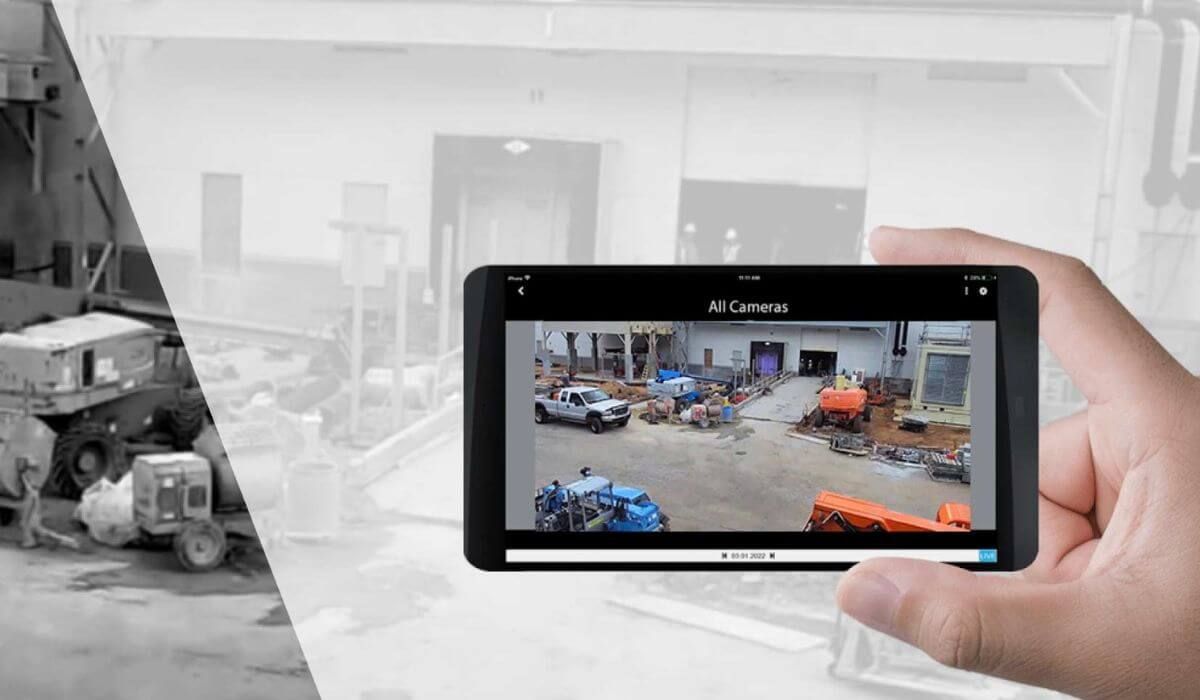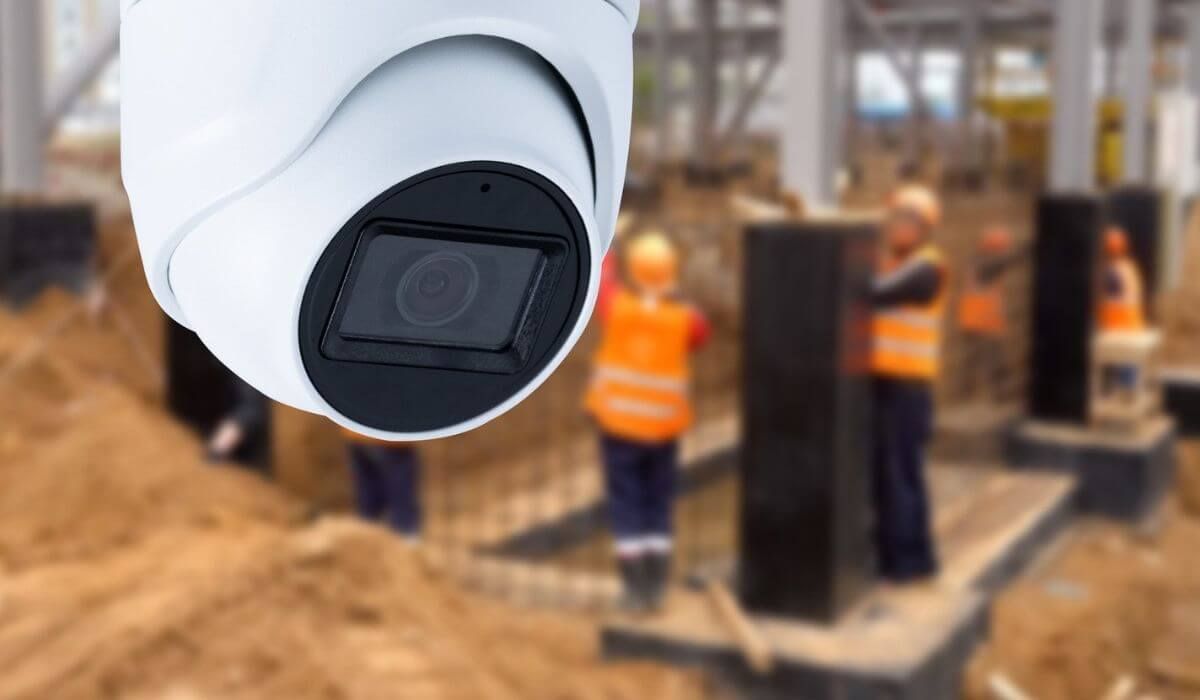Audio Visual Script: Crafting Engaging Presentations Effectively
In today’s fast-paced world, creating presentations that capture and hold attention is more crucial than ever. At the heart of these successful presentations lies a well-crafted audio visual script. An effective script not only streamlines your presentation’s content but also ensures that key messages are communicated clearly, keeping your audience engaged from start to finish. In this guide, we’ll explore the essential components, steps, and tips to help you craft audio visual scripts that elevate your presentation game.
What Is an Audio Visual Script?
An audio visual (AV)
script is a detailed, structured outline of all elements involved in a multimedia presentation. These scripts serve as roadmaps for speakers and are typically used for presentations involving audio, visuals, animations, and narration. By mapping out every visual and audio component, an AV script helps convey information with precision, clarity, and impact.
Understanding the Components of an Audio Visual Script
AV scripts integrate various elements that work together to ensure a coherent presentation:
- Narration: The spoken part of the presentation, providing context and guiding the audience.
- Visuals: Images, graphics, slides, or animations that support and reinforce the narration.
- Cues: Specific prompts that indicate when visuals or audio elements should appear.
- Dialogue: Any scripted conversation or direct speech that adds depth to the presentation.
Each of these components plays a crucial role in enhancing the overall flow, ensuring that all elements are synchronized and cohesive.
Importance of an Audio Visual Script in Presentations
The value of an AV script lies in its ability to provide structure, clarity, and engagement:
- Clarity: With a clear script, presenters can eliminate confusion, ensuring their message is easily understood.
- Structure: A well-organized script guides the presentation’s flow, helping speakers transition smoothly from one point to the next.
- Engagement: Visuals and storytelling elements enhance audience interest, holding their attention throughout the presentation.
Steps to Writing an Effective Audio Visual Script
Creating an impactful AV script begins with planning and structuring your content for maximum effect. Here are the steps to get you started:
Planning Your Content: Identifying Key Messages
The first step is to determine what you want your audience to take away from your presentation. Here’s how to focus your content effectively:
- Audience Analysis: Consider who will be viewing your presentation. Tailor your language, visuals, and examples to align with their interests and knowledge levels.
- Defining Goals: Identify the primary objectives of your presentation. Are you informing, persuading, or educating? Each goal may influence your script’s tone and structure.
- Choosing Themes: Organize your key points into themes to keep your script focused. This thematic approach makes it easier for your audience to follow and retain information.
Structuring Your Script: A Clear Beginning, Middle, and End
A strong AV script follows a logical flow that guides your audience through your message. Here’s a basic structure:
- Beginning: Start with a hook that captures interest, followed by a brief overview of your presentation.
- Middle: Dive into the main content, breaking down each theme or key point. Use transitions to maintain a natural flow between points.
- End: Summarize the presentation’s main takeaways and provide a call to action or closing thought that resonates with the audience.
This classic structure enhances comprehension and ensures that your audience walks away with a clear understanding of your message.
Tips for Making Your Audio Visual Script Engaging
Adding engaging elements to your AV script
can make a world of difference. Here are tips for using visuals and storytelling to connect with your audience:
Using Visuals Effectively in Your Script
Visuals are a powerful tool to complement your narration. Consider these best practices:
- Relevant Imagery: Select images that directly relate to your message. Avoid visuals that may distract or confuse.
- Graphics and Data: Use charts and graphs for data-heavy sections, breaking down complex information into easy-to-digest visuals.
- Animation: Simple animations can guide attention and emphasize critical points, but be mindful not to overdo it.
Incorporating Storytelling Techniques in Your Script
Storytelling has a proven impact on audience engagement. Here’s how to incorporate it:
- Anecdotes: Share short, relatable stories that reinforce your message and make it more memorable.
- Emotional Appeal: Use language and visuals that evoke emotions aligned with your presentation’s theme, such as excitement, urgency, or inspiration.
- Relatable Content: Create scenarios or examples that your audience can relate to, making the information more accessible and meaningful.
Common Mistakes to Avoid in Audio Visual Scripts
While
crafting an AV script, it’s essential to avoid certain pitfalls that could undermine your presentation’s effectiveness.
What Not to Include in Your Audio Visual Script
Avoid elements that could clutter your script and confuse your audience:
- Excessive Jargon: Keep language clear and straightforward. Avoid industry-specific jargon unless you are sure the audience understands it.
- Unnecessary Details: Stick to key points and eliminate information that doesn’t add value.
- Distractions: Avoid visuals or animations that don’t directly support your message, as they can divert attention.
Ensuring Clarity and Simplicity in Your Script
An effective AV script is concise and easy to follow. Here’s how to keep your script clear and straightforward:
- Concise Language: Use simple language to convey your points. This approach ensures everyone, regardless of background, can understand.
- Straightforward Messaging: Prioritize clarity over complexity. Present one idea at a time and avoid overloading slides or narration.
Conclusion
Crafting an effective audio visual script is essential for delivering presentations that captivate and inform your audience. By focusing on structure, clarity, and engaging elements like storytelling and visuals, you can create a memorable presentation experience. Remember to avoid common mistakes and keep your message concise and clear. With these tips and techniques, you're equipped to develop scripts that not only communicate but resonate, ensuring your message reaches and impacts your audience.
Whether you need help with scriptwriting, multimedia presentations, or visual storytelling,
reach out to us today to get started on your path to successful, compelling presentations.
FAQs about How to Write an Effective Audio Visual Script for Engaging Presentations
What is an audio visual script, and why is it important?
An AV script is a structured outline combining narration, visuals, and cues, crucial for delivering engaging, coherent presentations.
How do I start writing an audio visual script?
Begin by defining your key messages and audience, followed by structuring your content with a clear beginning, middle, and end.
What are the key components of an effective audio visual script?
Essential components include narration, visuals, cues, and, if necessary, dialogue to maintain flow and reinforce key points.
How can I make my audio visual script more engaging?
Use relevant visuals, incorporate storytelling, and structure your script clearly to hold your audience’s interest.
What common mistakes should I avoid when writing my script?
Avoid excessive jargon, unnecessary details, and distracting visuals, focusing instead on clear, concise communication.





